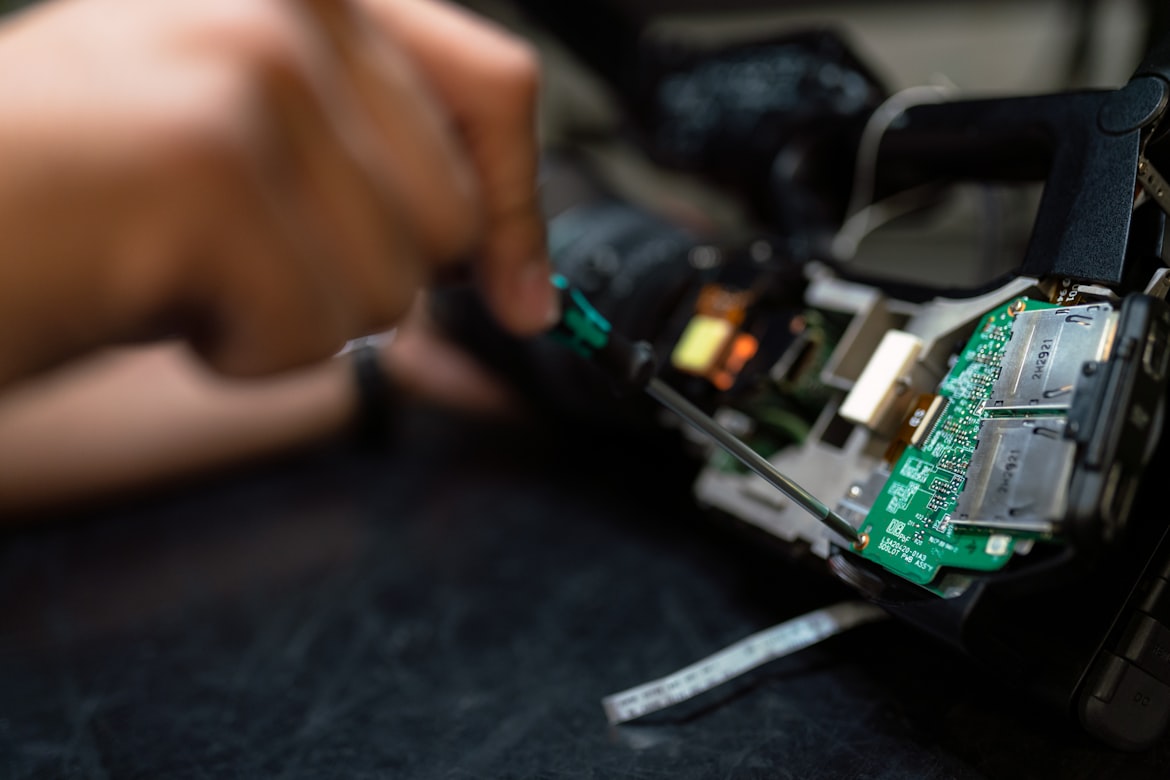The Invisible Scalpel
How Precision Molecular Tools Are Rewriting Medicine's Future
The Nanoscale Revolution
Imagine a world where doctors can edit diseased cells like programmers fix faulty code—swapping out malfunctioning genes in brain neurons without affecting surrounding tissue, or designing proteins that fold into perfect drug-delivery vehicles.
This isn't science fiction; it's the reality unfolding in molecular sciences labs today. At the heart of this revolution lies a suite of tools so precise they function like "invisible scalpels," enabling scientists to dissect biology at previously unimaginable resolutions. From curing genetic disorders to printing human tissues, molecular sciences are blurring the lines between biology and engineering, promising cures where only symptomatic treatments existed before 4 6 .
Key Concepts Reshaping Our Biological Understanding
Genetic Editing 2.0: Beyond CRISPR
While CRISPR-Cas9 remains a household name, next-generation tools like base editing and prime editing offer finer control. These techniques allow single DNA letter changes without double-strand breaks—critical for avoiding unintended mutations. Synthetic biology amplifies this power by turning cells into biological factories. As highlighted in biotech trend analyses, engineered organisms now produce everything from malaria drugs to sustainable biofuels, with the synbio market projected to reach $100 billion by 2030 9 .
The AI-Molecular Biology Nexus
Artificial intelligence is accelerating discovery at breakneck speeds:
- AlphaFold (DeepMind) predicts protein structures in hours instead of years
- Generative AI designs novel enzymes and drug candidates
- Machine learning deciphers single-cell genomics data, mapping cellular diversity in complex tissues like the brain 9
Targeted Delivery Breakthroughs
The greatest challenge in gene therapy isn't editing genes—it's delivering editors only to diseased cells. Recent advances in viral vectors (AAVs) and lipid nanoparticles act like biological GPS systems, homing in on specific cell types with unprecedented accuracy .

Spotlight Experiment: The Brain Cell Targeting Revolution
Mission
Deliver corrective genes to specific neuron types implicated in epilepsy without affecting neighboring cells.
Methodology: Step-by-Step Precision
- Researchers analyzed genomic databases to identify "enhancer" sequences—genetic switches active only in target neurons.
- AI algorithms predicted enhancer specificity across species, validated via single-cell RNA sequencing 6 .
- Harmless adeno-associated viruses (AAVs) were stripped down and equipped with enhancer "zip codes."
- Each enhancer-AAV combo was packaged with reporter genes (e.g., fluorescent proteins) to track delivery accuracy 4 .
- Vectors injected into mouse and primate brains and human surgical tissue samples.
- Specificity assessed via:
- Microscopy (fluorescence localization)
- Electrophysiology (cell function tests)
- RNA sequencing (off-target edits)
Results and Analysis
| Target Cell Type | Enhancer Used | Precision Rate |
|---|---|---|
| Cortical excitatory neurons | Dlx1 enhancer | 98.2% |
| Striatal interneurons | Pvalb enhancer | 96.7% |
| Spinal motor neurons | Hb9 enhancer | 99.1% |
The Dlx1-enhanced vector achieved near-perfect specificity for epilepsy-linked neurons—a monumental leap from earlier tools that affected broad neural regions. Crucially, vectors crossed the blood-brain barrier, enabling non-invasive intravenous delivery in primate trials 6 .
Implications
This platform paves the way for treating previously "undruggable" conditions like ALS and Dravet syndrome. As Dr. Bosiljka Tasic (Allen Institute) notes: "Diseases arise in specific cell types. If you want to fix epilepsy, you must access only malfunctioning neurons—this toolkit makes that possible" 4 .
The Scientist's Toolkit: Essential Reagents Redefining Research
| Research Reagent | Key Function | Innovation Leap |
|---|---|---|
| Enhancer AAV vectors | Cell-type-specific gene delivery | 1,000+ variants for brain/spinal cord targeting |
| Self-amplifying RNA | Sustained protein expression with lower dosing | Critical for vaccine equity in resource-poor regions |
| qRIXS chemRIXS instruments | Quantum-scale imaging of atomic motions | Captures molecular "movies" at femtosecond resolution |
| CRISPR screening libraries | Genome-wide functional genomics | Identifies disease targets via high-throughput knockout |
| Multi-material bioinks | 3D bioprinting of hybrid tissues | Enables vascularized organ printing |
Real-World Impact Timeline
CRISPR-Cas9 (2012)
First programmable gene editing
AlphaFold 2 (2021)
Protein structure prediction revolution
LCLS-II X-ray laser (2025)
Atomic-resolution reaction tracking (1M pulses/sec)
Enhancer AAV platform (2025)
First primate trials for targeted brain therapy
Future Frontiers: Where Molecular Sciences Are Headed

Molecular Movies
Upgraded X-ray lasers like LCLS-II at SLAC now fire a million pulses per second—10,000× faster than predecessors. This lets instruments like qRIXS capture photosynthesis or superconductivity processes frame-by-frame 1 .

Synthetic Cells
Projects like ZooCELL integrate genomics, AI, and volume electron microscopy to bridge genotype-phenotype gaps. As coordinator Detlev Arendt explains: "We're combining sequencing and imaging at cellular resolution to predict gene expression from volume images—a paradigm shift" 8 .
Biology as an Engineered System
Molecular sciences have transformed biology from an observational science into a precision engineering discipline. With tools that manipulate matter atom-by-atom and cell-by-cell, we're entering an era where diseases are corrected before symptoms arise—and where sustainable biomanufacturing could heal our planet. As these invisible scalpels grow ever sharper, they carve paths toward a future defined not by genetic fate, but by molecular mastery.
For further reading, explore the Allen Institute's open-access Genetic Tools Atlas or attend Cell Bio 2025 (December 6–10, Philadelphia), featuring keynote talks on cellular engineering breakthroughs 3 6 .
